-
Posts
1,922 -
Joined
-
Last visited
-
Days Won
4
Content Type
Profiles
Forums
Resource Library
Events
Gallery
Blogs
Store
Community Map
Posts posted by minister_for_hardship
-
-
4 hours ago, WRENNEIRE said:
By ropy you mean stolen?
6 hours ago, DERAILED said:Just when I thought I had seen everything and then this tonight: https://www.easyliveauction.com/catalogue/lot/9d17798ac0fdcdd6a9d52a8c6f0eb66e/0af8d24542e81eb9357e7ef448a6646f/antiques-interiors-auction-in-doneraile-co-cork-lot-3/
At least they're genuine.
Anyone check if the Moyasta coaches still got their doors?
-
 1
1
-
-
1 hour ago, Flying Snail said:
There's one 'gondola car' pictured here in Waterford in GSWR markings, pre 1910 as the timber bridge (aka Timbertoes) is still in situ. The GSWR lettering is blurry, but when I zoom in I can make it out
Original picture is in the NLI archive here https://catalogue.nli.ie/Record/vtls000326744
It's a beast of a wagon next to the 4 wheel yokes.
-
 1
1
-
-
On 5/3/2025 at 5:17 PM, Mol_PMB said:
I've been busy busy at work recently and not much time to focus on modelling, though a bit of time for research. Still interested in Fenit as a prototype, I've been delving into that rabbit hole.
I found this image of a rather interesting early bogie wagon, apparently a 30 ton high side open goods wagon for the Tralee & Fenit Harbour Commissioners, body 34' long, built by the Lancaster Railway Carriage & Wagon Co. Ltd. It doesn't carry a number; I wonder how many wagons the T&FHC had? There are some odd technical details such as the long 5-link coupling, the buffers spaced on blocks, handbrakes acting on all wheels. The top plank of the body seems to run the full length of the wagon. It appears to be iron or steel-framed with T-bulb section for the solebars. Bogies are a rather lightweight diamond-frame 3-piece type. Some details may have been lost in retouching the photo to hide the background.
Anyone know more about these or other T&FHC wagons?
Quite a find. What the yanks would call 'gondola cars' would have been extremely rare here. I'm assuming they had extremely short working lives, not passing to the GS&WR.
A few actual US gondolas did actually run here on the self contained 4' 8 1/2" Irish Steel system on Hawlbowline Island, still carrying US RR insignia.
-
 1
1
-
 1
1
-
-
-
On 5/3/2025 at 5:27 PM, Mol_PMB said:
That last pic is Tralee, the building with the belfry is Latchford's Mill, still standing today. Taken in the North Kerry yard, now covered in a shopping centre and car park.
-
 1
1
-
-
21 hours ago, Blaine said:
You can almost see the bits of talcum powder/baking soda used in the 'ageing/weathering' process. Plus 'line of tramway' makes no sense, doubt the Hill of Howth tramway had such signs, as I dont think the Fintona branch was considered a tramway - just a lightly used and short line.
Fake people buying fake signs....
Not necessarily. The GN did have those in Railway and Tramway versions, one of the Tramway ones is in the IRRS library. Almost certainly Hill of Howth placed where public rights of way and tramway met.
The odd, to our eyes, wording probably borrows from 19th century legalese.
Original? Yes. Antique? Perhaps not.
If you've been wondering where all those IE bridgeplates that have "fallen off" went, look no further than South Dublin Auctions.
-
3 hours ago, Mayner said:
Probably ok so long as the names were in Gaelic, like the Taylor and Ansty the Moral Panic was only likely to set in once translated into English.
Imagine the Archbishop of Dublin naming Edgar Bredin from the pulpit and turning up at Inchacore demanding the burning of the nameplates.
I suppose James Joyces big mistakes was to publish Ulysses in English, no one would have read or understood a Gaelic version apart from a handful of academics and a few native speakers.
Different culture wrt railways here too, loco designers being quite the rockstars in GB, small boys with spotters books etc.
Here a new loco was just another lump of steel to take you to the fair or to the port for the emigrant ship. No one cared much if it carried a name or even what it looked like, provided it maintained the advertised schedule.
-
 1
1
-
-
2 hours ago, Westcorkrailway said:
I don’t remember 141s in service, 121s in service, A class in service, C class in service, 90 in service. And yet i have a model of each of them. The only model i have that would be part of my childhood is the Ruston 88ds!
Era 1 models (Rocket and similar pioneering teakettles no one alive for over a century remembers) are getting popular right now.
-
 3
3
-
-
34 minutes ago, Galteemore said:
Given that the 800 class are essentially the 1937 constitution in locomotive form
Surprising they didn't name them Jesus, Mary and Joseph, or after a few 'wholesome' Irish saints instead of after pagan women!
Apart from the GS pr dept and railway nuts, was there much fanfare at their launch nationally?
-
 3
3
-
 1
1
-
 1
1
-
-
I'm looking at getting GS livery as outshopped, partly as getting rtr GSR *anything* is hens teeth plus partly I'd rather remember them in terms of being full of promise before world events put paid to that. In their final years they went out on a whimper rather than a bang.
-
 2
2
-
 2
2
-
-
11 minutes ago, jhb171achill said:
Strictly speaking, if it's in the no-snail or Cultra livery, it will only be (a) sittinmg in a siding in Thurles, or (b) sitting in a museum! While in traffic, all three had snails in CIE times.
As to the "dark" green, all CIE steam locosmotives which were painted green always had the dark version. So did buses, so did lorries. The post-1955 lighter shade was ONLY applied to coaching stock, railcars and diesel locomotives. And a note on that - when the railcars were introduced, dark green was the livery, so any future AEC model would need to have a dark green option plus a light green option. G601, E401, B101, A & C class diesels, and many carriages and tin vans, were silver when new, but by 1957 were being repainted the lighter green.
Since CIE only inherited the rump end of the GNR in late 1958, all CIE repaints of GNR carriages were the lighter green, never the darker. Many actually weren'ty repainted until after black'n'tan came in.
Now; all good rules have good exceptions.
While the above is the general rule, in the early 1950s - before the light green livery appeared at all - 802 was repainted in a lighter shade, evidently not unlike the light shade introduced after 1955. A new batch of coaches of the 1951-3 style (CIE's versions of "Bredins", basically) also appeared in this livery, and unlined. It was not deemed to be successful and repaints into standard gark green of the day followed pretty quickly.
Thus, in terms of actual running, 800 had two variations (GSR green, CIE green). 801 had two at least, plus a possible third. While she carried the same two liveries, at some stage her number and nameplates received a red background instead of blue. I do not know whether the red appeared before or after, or at the same time as, the livery change.
802 had original GSR livery, then the experimental colour with red plates, then standard CIE green with red plates. Tender markings on all three always had either the GSR crest or the CIE symbol.
Or (c) being dragged dead somewhere!
-
 1
1
-
-
Wallet takes another hit.
*Cough* technically only one was a mythological queen, the other two goddesses...
-
 1
1
-
 1
1
-
-
-
-
There's still an older orange/black "Mallow" nameboard still in place, missed by the crew tasked with taking down the old signage.
It's hard to spot, but it's still there!
-
 2
2
-
 1
1
-
-
Mass market Hornby stuff in days gone by (and to an extent now) were sold as toys in their millions, most are next to worthless now.
The logic for buying IRM or AS or whatever you want to call it is similar to the older gents buying the aforementioned classic sports cars and bikes, they are top end products in limited numbers, they've got the spare cash and it reminds them of their youth. Probably a bit of speculation thrown in there too.
-
15 minutes ago, Tullygrainey said:
As an aside to this topic, during the 1980s I lived in a Victorian terrace house backing almost onto the Belfast-Bangor railway line (the former BCDR line) very close to Holywood station. Digging in the back garden often turned up interesting objects, including 2 railway uniform buttons. Neither of them were BCDR.
Belfast and Northern Counties Railway (absorbed by the Midland Railway in 1903)
Lancashire & Yorkshire and London & North Western Railways (they amalgamated in 1922)
I think the second button is a steamship crew button.
A friend of mine in Westmeath dug up a Caledonian Railway button.
-
 2
2
-
-
3 hours ago, David Holman said:
Love how ornate the early ones were, with fancy lettering and buttons. Shades of footmen for the rich and well heeled.
From a modelling point of view, it is the basic colours that matter most. Don't suppose there's a list/guide available?



If you're on Facebook, it's worth checking out On Historical Lines.
https://www.facebook.com/share/1BFjHShWWH/
In pre Grouping days, green, brown, blue were common as well as the expected black and navy blue.
Lower grades were glad to see the end of the hated green corduroy by then; because it was dated, too hot in summer, too cold in winter, retained sweat and BO(!), in addition the fabric itself actually stank due to the dye used The dyes were also non colourfast and leached and stained in wet weather.
Following a trip to Brussels by one of the directors, the Waterford & Limerick adopted coloured caps as Continental practice; red with gold braiding for station masters at Waterford and Limerick, at second class stations ie Tipperary, Clonmel, Carrick on Suir and Fiddown, as well as Captain Weir, master of the steamer Rosa, they were to have blue caps with plain gold braid.
-
 2
2
-
-
-
A Guard Of The Great Southern and Western Railway. (Ireland)
'Our Home Railways' - W.J. Gordon (1910)
Early uniforms owed much to police and military wear, gradually becoming civilianised over time. I suppose they're nearly "athleisure" wear now, suit jackets and waistcoats still hanging on with clerical and some on board staff, traditional uniform caps have almost disappeared in favour of beanies and baseball caps.
There's one garment that was unique to the railways, the sleeved waistcoat.
-
 1
1
-
-
On 26/2/2025 at 6:34 PM, Mol_PMB said:
I suspect this is genuine and probably qualifies for this topic - but if so it's probably of dubiously legal provenance. Maybe a former BnM crossing?
Obsolete council road sign for a gated level crossing, could be from anywhere not necessarily BnaM, older ones were pressed metal rather than today's aluminium with reflective stuck-on vinyl. Scarce enough.
-
 2
2
-
-
On 27/2/2025 at 9:26 AM, josh_ said:
UPDATE ON CLONSILLA:
So yesterday i went clonsilla as coolmine and castleknock have no staff at those stations and clonsilla had, i dont know the actual name of the job, lets call him the 'crossing man'.
So I askedn him what @minister_of_hard_ship told me he told me the IE signs are stored in museums, i mentioned if inchicore would too?
He said yes there too and they be worth thousands and held as relics in glass cases
But a friend of mine said they went white with the slightest bit of sun and were all fucked into a skip due to their condition
A number of places got chunky plastic ones during the IE era which discoloured badly.
A tubular steel IR(?) era nameboard survives at Charleville, isolated from the platforms and gone completely white from sunlight.
-
 1
1
-
-
6 hours ago, Mol_PMB said:
Genuine question: which was in use for longer, the snail or the roundel? i.e. actually current and being applied.
My gut feel is that the roundel wins, whether we're talking about rail only or the wider CIE.
Flying snail 1945-1964 (1941-1964 if you count DUTC use)
Broken wheel 1964-1986, continued as is as group/tours logo until 2000 makeover. Stand corrected.
The IR Killarney junction logo was quite clever but short-lived. The IE one didn't last much longer. Gotta keep those design consultant boys in a job I guess.
-
 2
2
-
-
With the passage of time, the longest lived and once seen everywhere logo is now the rarest of all to spot in the wild.
.png.c363cdf5c3fb7955cd92a55eb6dbbae0.png)


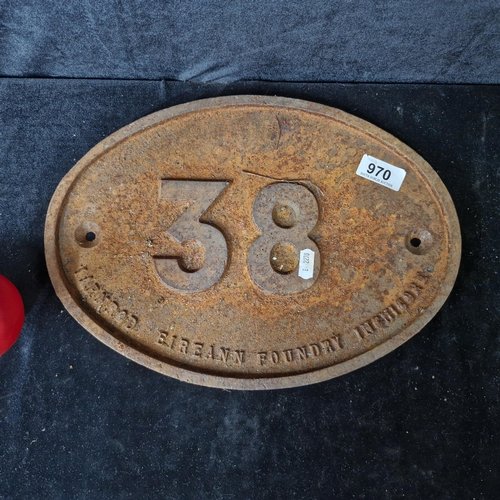
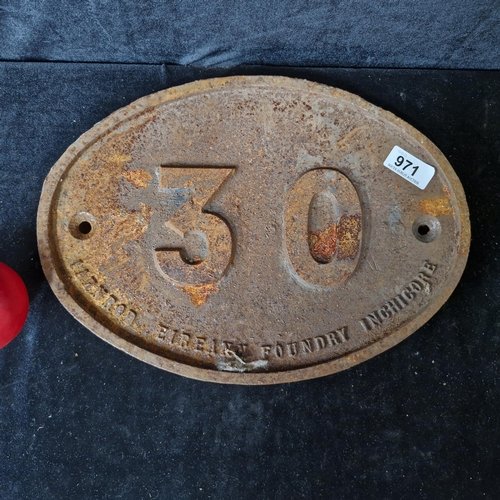
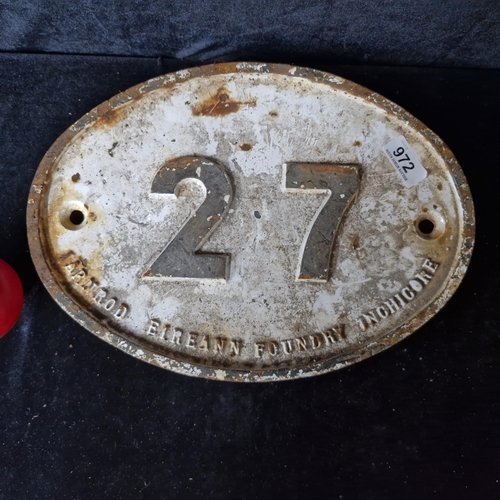
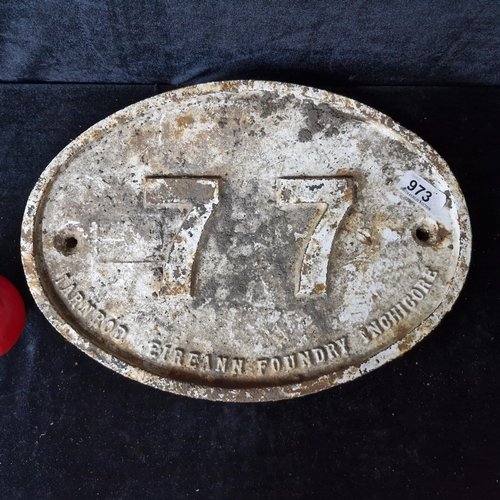
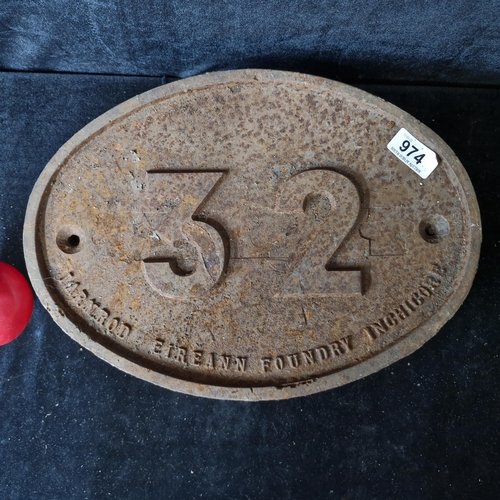
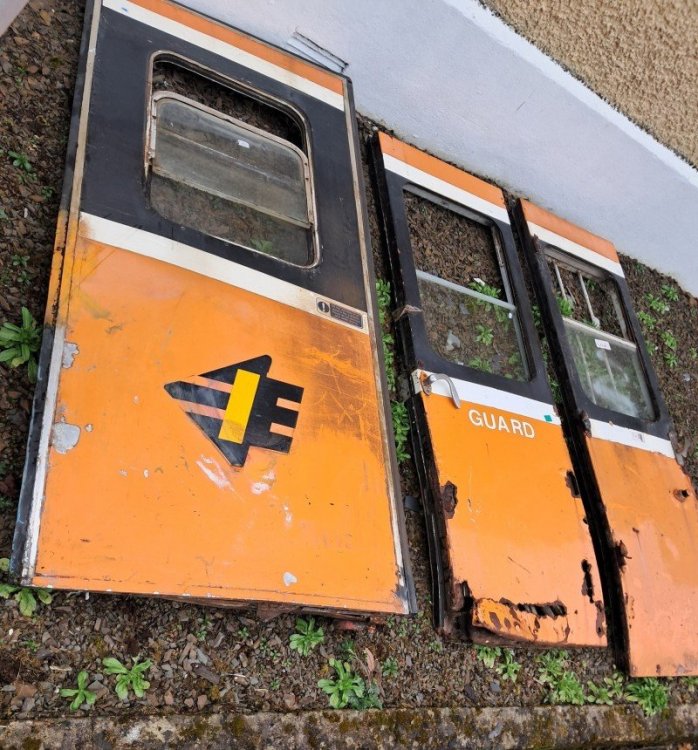
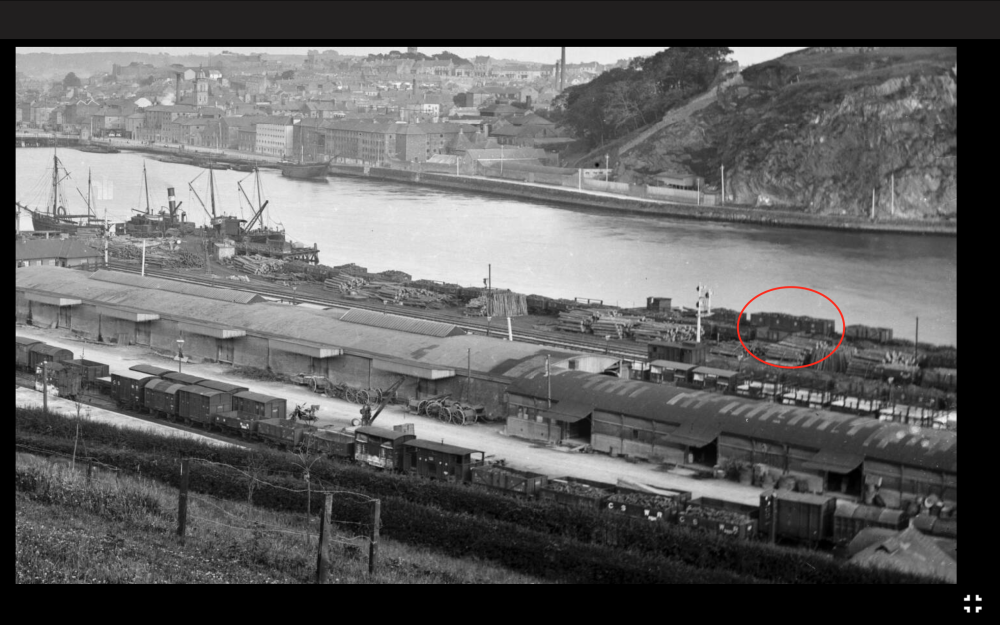

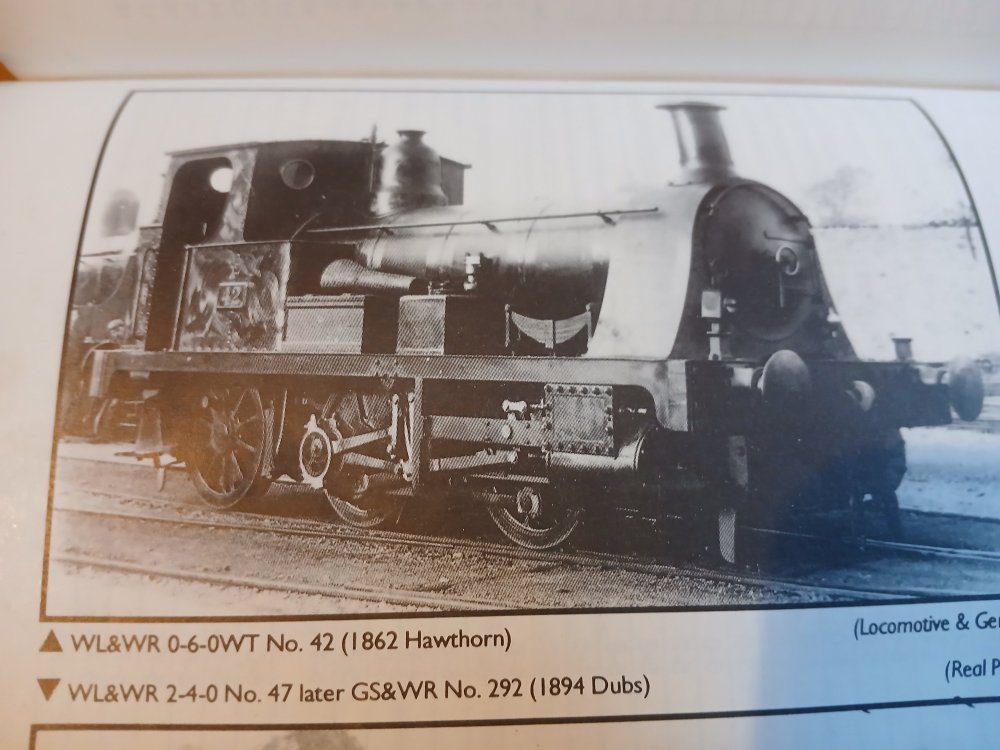



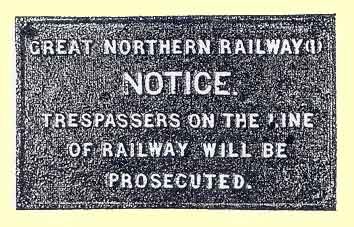
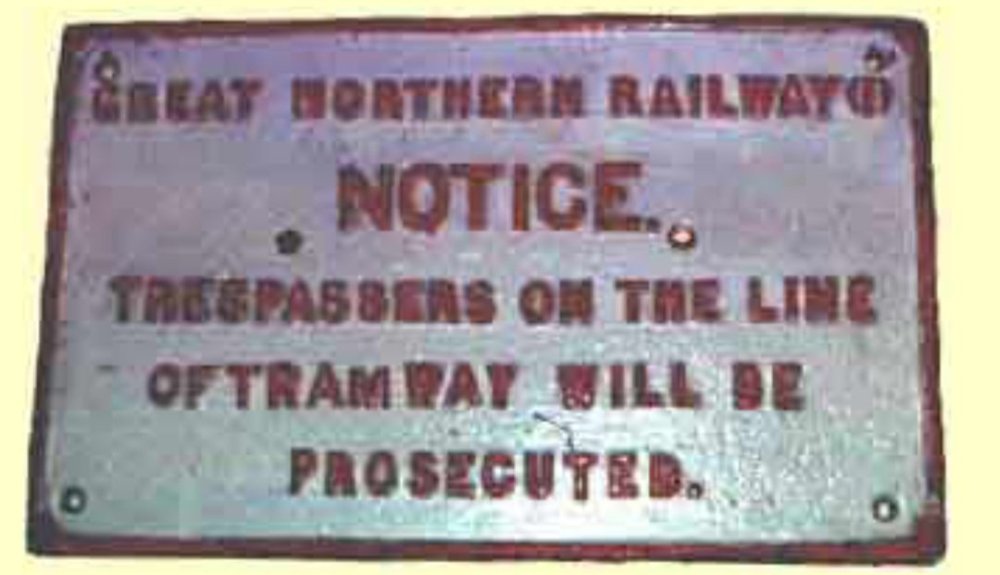
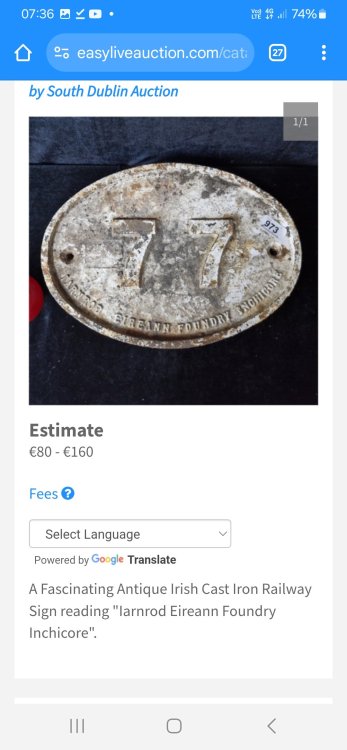
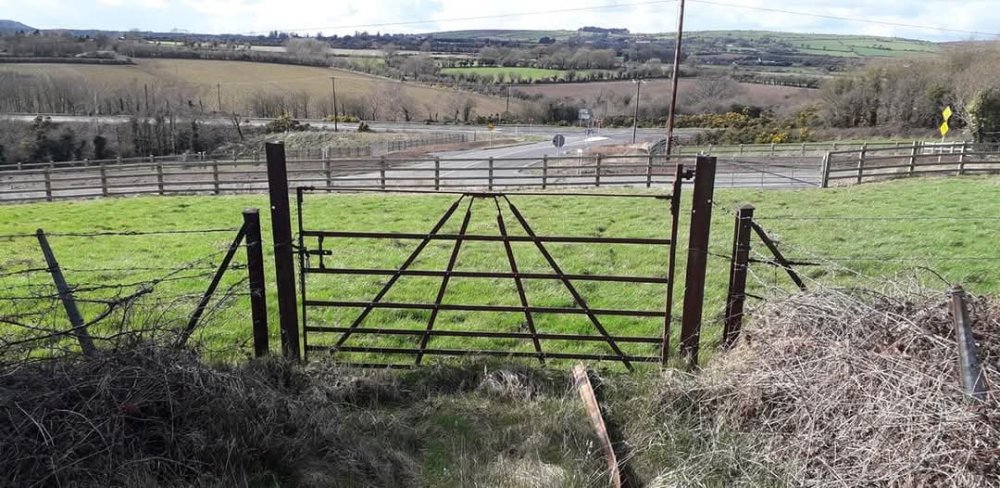
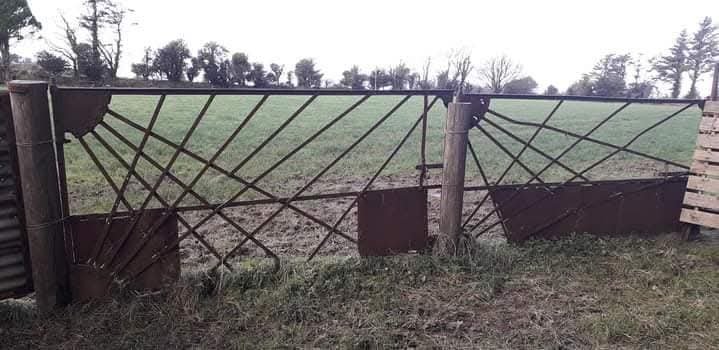


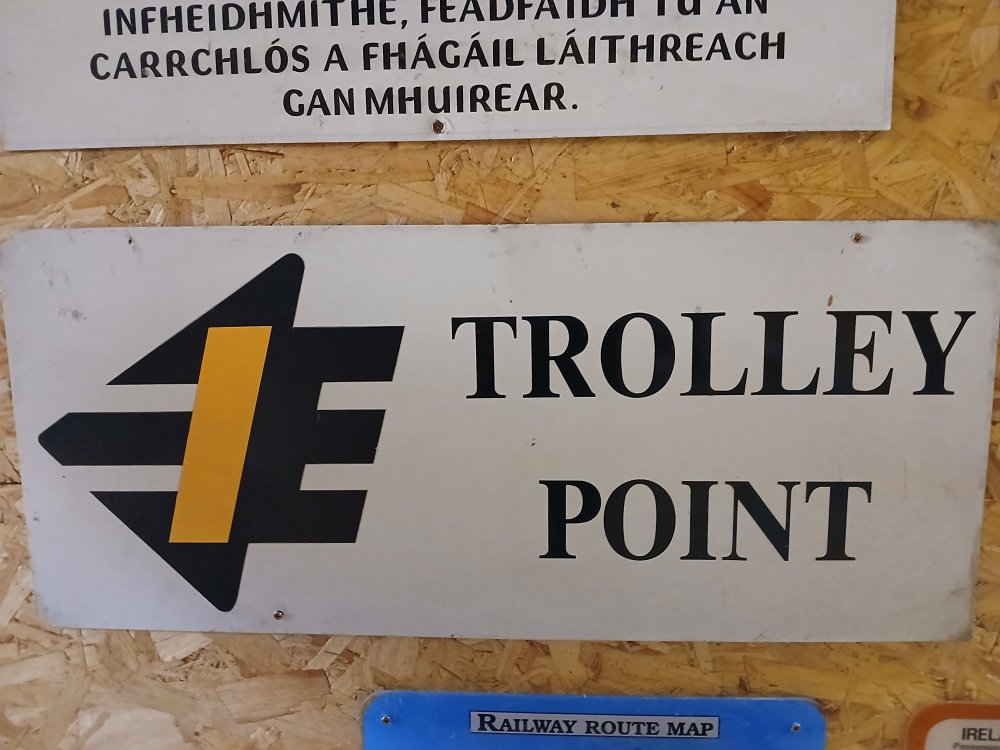
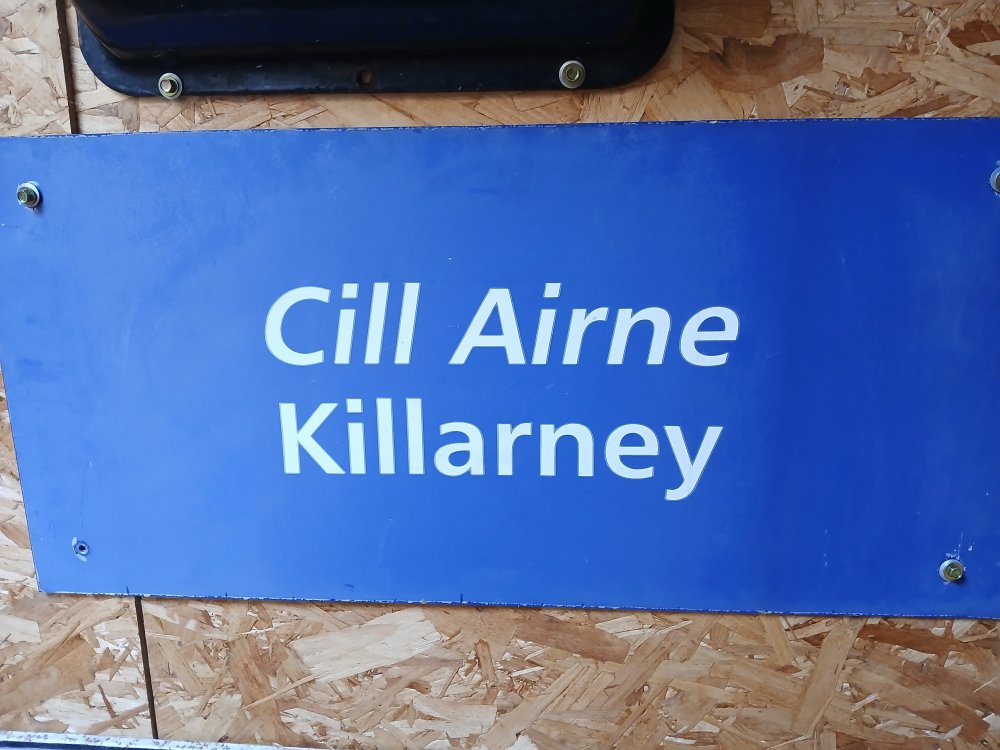
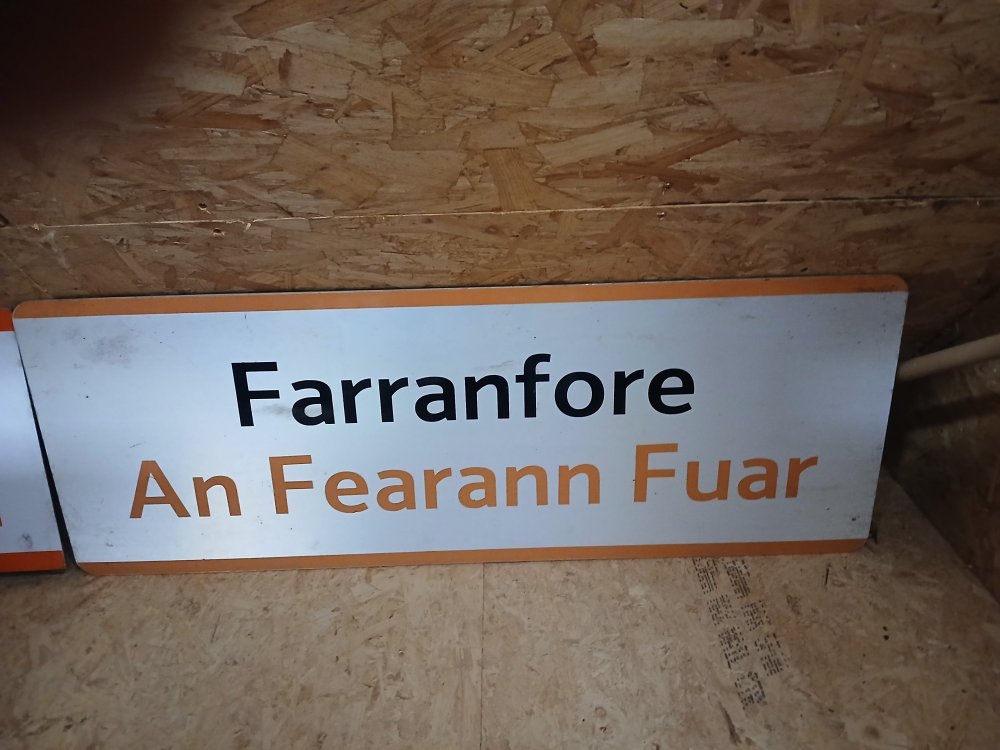
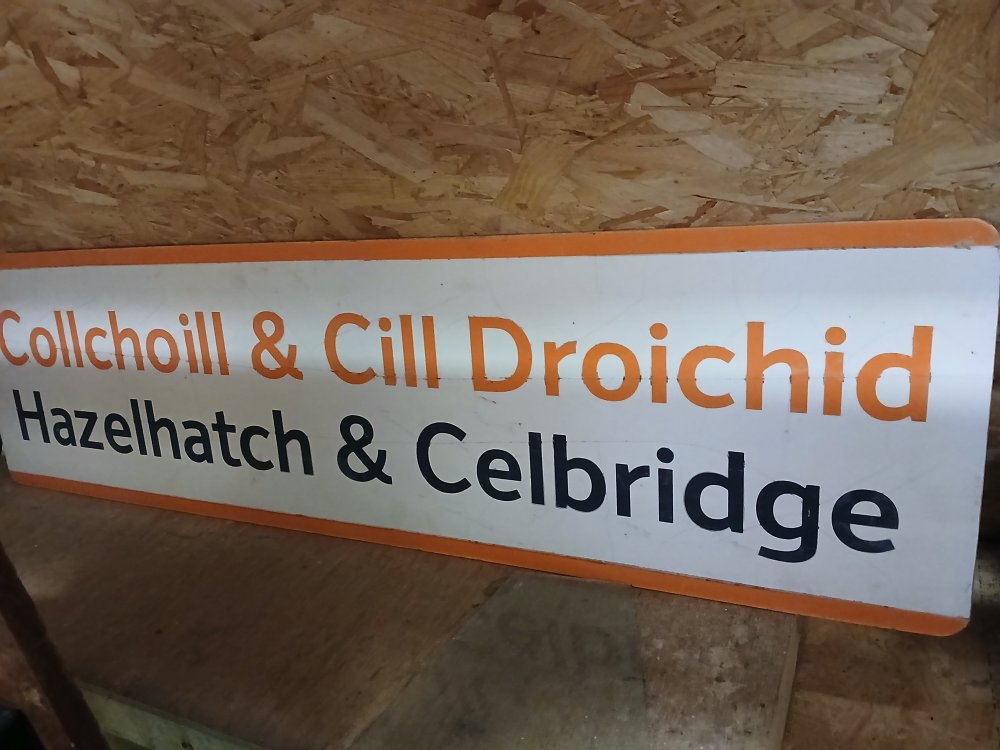
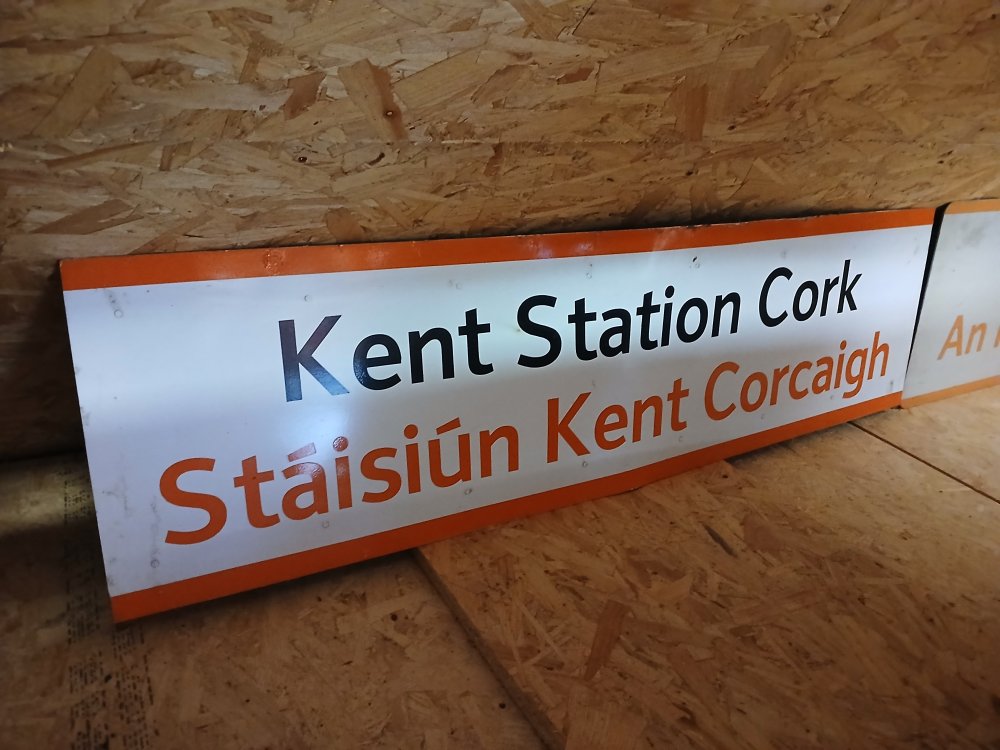
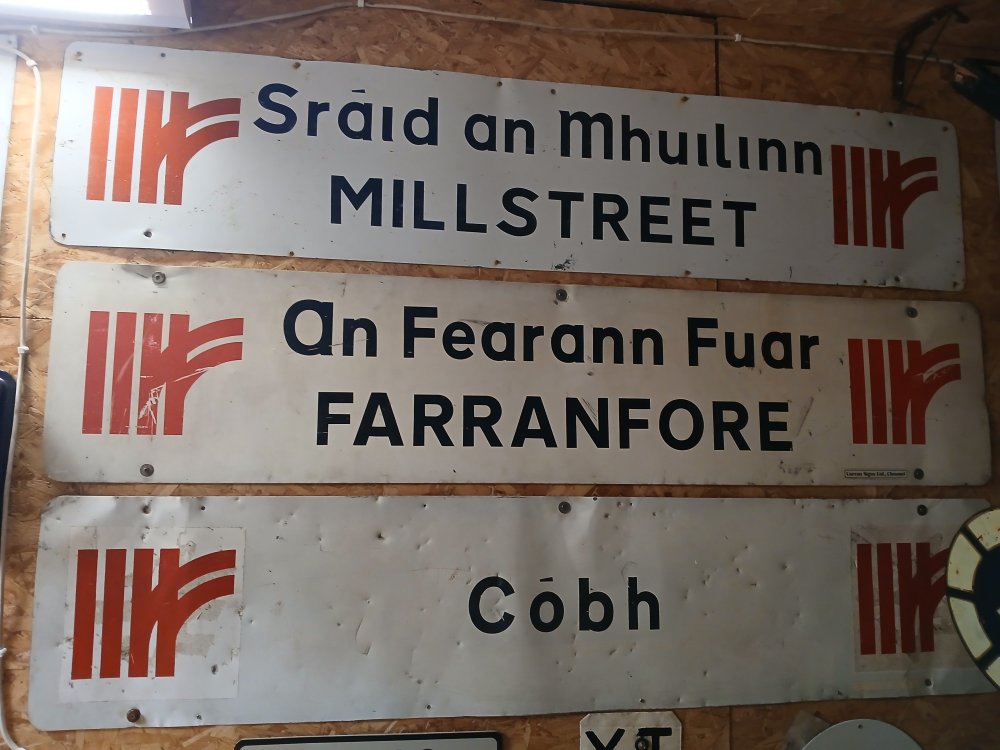
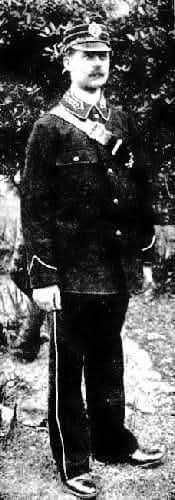

Genuine Railwayana
in General Chat
Posted
I'd say they were never installed, if they were repro we would see the same number popping up again and again like the knock off wagonplate below. The weathering is usual filth from stores, where they were likely "acquired"